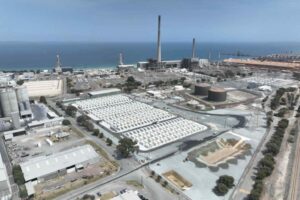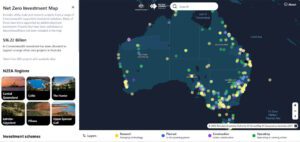The timing and arrangements for the closure of the remainder of Australia’s ageing coal fleet is a hot topic, perhaps the biggest one in an energy industry full of hot topics.
This note makes the following points:
- – Price matters more than volume to coal generation profits, even for brown coal generators;
- – If I owned a coal generator I would announce that I planned to close in three years. That way I would get a capacity payment from the relevant state government, as Yallourn, Loy Yang A and likely Eraring will do;
- – In the interest of having a fair and orderly markets, governments should be required to disclose capacity payment arrangements. The fact that some coal generators get a capacity payment and others do not creates an unfair market. It impacts the closure and new investment plans of other generators. The least the government could do is to set out the extent of the unfairness created.
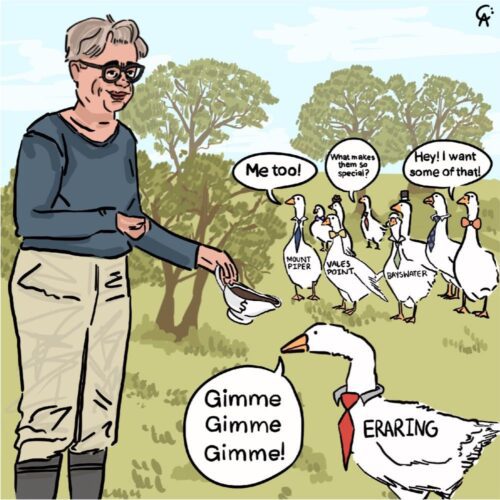
Price matters more than volume to coal generators
Coal generators will certainly lose volume over the next few years as a group. Perhaps this will hurt the brown coal generators more because of their high level of fixed costs.
But as far as I can see it’s price that matters a lot more than volume. Indeed it’s a sure sign of age that I have to work out again what I already knew 30 years ago.
The other message of this piece is that it pays to announce you are going to close. It’s a wonder the owners of Loy Yang B, Vales Point, Mt Piper and Bayswater haven’t already announced their closure.
It seems to be the sure way to government-funded capacity payment. Perhaps they are waiting to see what Eraring gets before quickly following suit. Might be a case of first in best dressed, though.
Coal generation sensitivity to falling price and volume
Coal generators in Australia are expected to mostly all close over the next 11 years. That’s a short time frame and may or may not be achieved.
State governments, particularly in Victoria and NSW, have become concerned that coal generators may close before there is enough new supply to replace them.
The coal generators will close because revenues will fall as lower-cost variable supply from wind and solar comes on line, and because of increased competing supply from batteries at peak price times.
A coal generator has both fixed and variable costs and is an almost text book example to show the impact of the contribution margin on profitability. We can compare Eraring and Loy Yang A as follows:
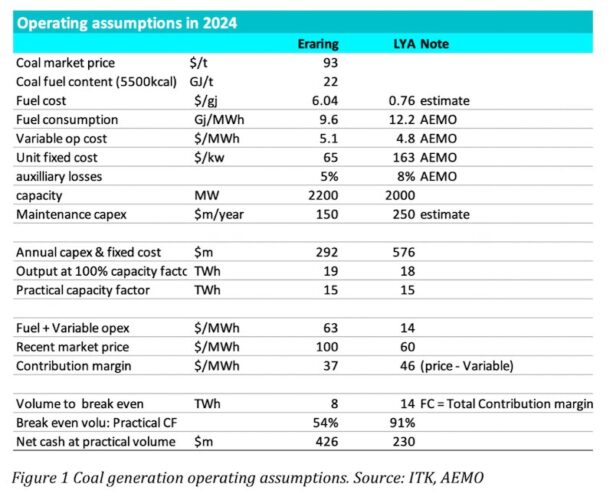
I’ve shown the estimated market coal price in US$/t. Using the legislated coal cap adds over $100 million to profit at current price and volume. That’s quite a bit more difference than I anticipated.
Eraring is, in effect, heavily subsidised already, as likely is Vales Point. Even at market price for coal the numbers show Eraring to be a better proposition than Loy Yang A, it breaks even at lower volumes and has more cash flow, but the cash flow depends on both the price and volume.
For instance, Eraring cash flow after capex is quite sensitive to both price and volume but it’s clearly more sensitivity to price.
At $80/MWh, entirely within the range of possibilities and if coal prices are at current spot rates then Eraring has negative cash flow at any volume. At $100/MWh it can wash its face even if it loses 1/3 of volumes. Still 5TWh is less than the output of 2GW of wind and that, in due course, is a certain outcome.

The good news for consumers, if there is any, is that there will be more need for a government-funded capacity payment in the event of lower prices than lower volumes. In the case of Eraring, using the subsidised coal cost of A$125/t improves Origin Energy’s cash flow by as much as $100 million.
It’s much the same at Loy Yang A, despite the lower fuel cost and the higher fixed costs. It’s still price that is more important than volume.
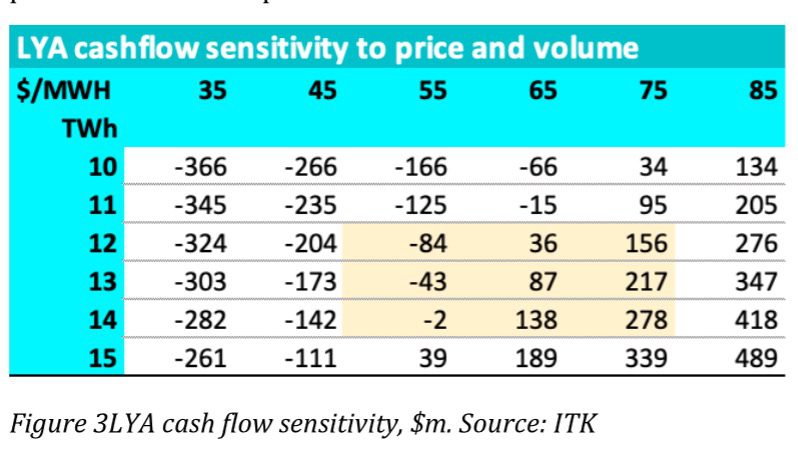
Renewables are subsidised but the amount is known
Renewable energy projects are subsidised, but at least the market price of the renewable energy certificates is public. Even in the case of long term PPAs, there is generally some information about the price.
So far though, at least in Victoria, the capacity arrangements with Energy Australia in regard to Yallourn and with AGL in regard to Loy Yang A are completely unknown.
It may be that Loy Yang B enjoys a similar pro rata agreement to LYA, who knows? Nothing has been announced. However what if Loy Yang A is getting paid for capacity but is still free to sell its output and Loy Yang B is not getting paid for capacity. Clearly Loy Yang B will need a higher price than Loy Yang A to stay open.
It’s likely that Origin will also get a capacity payment.


